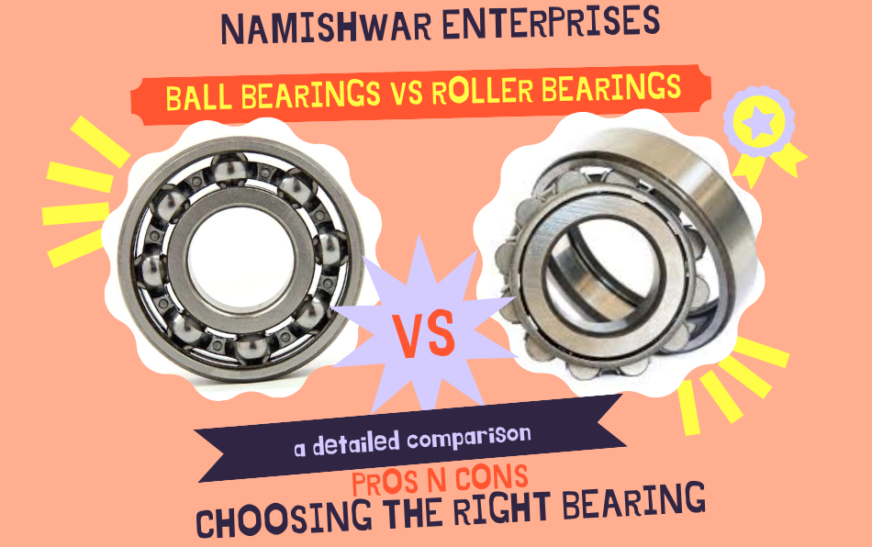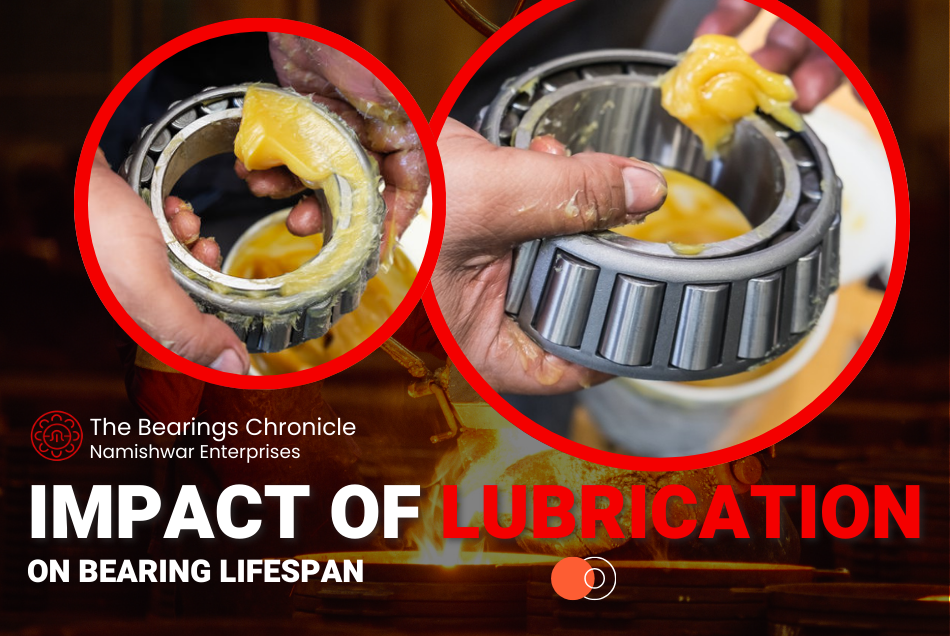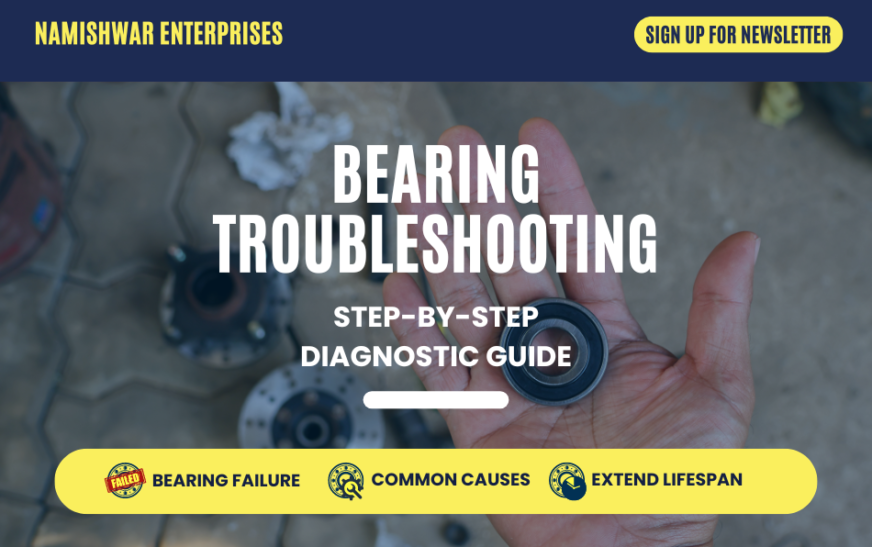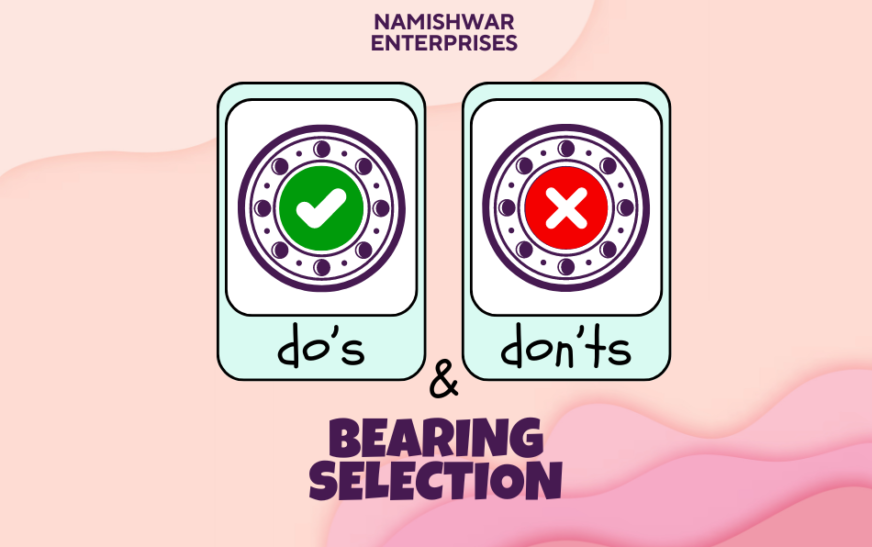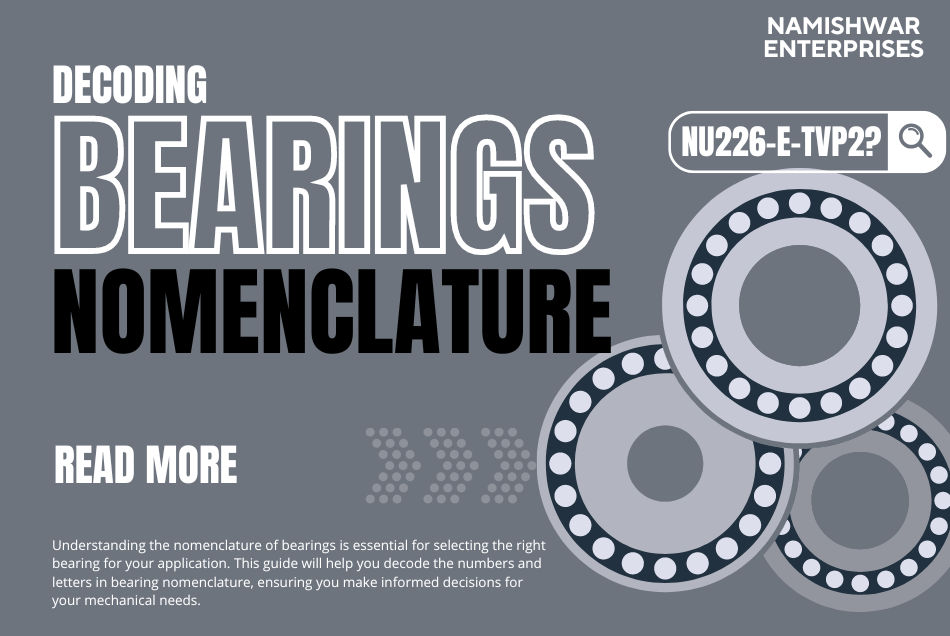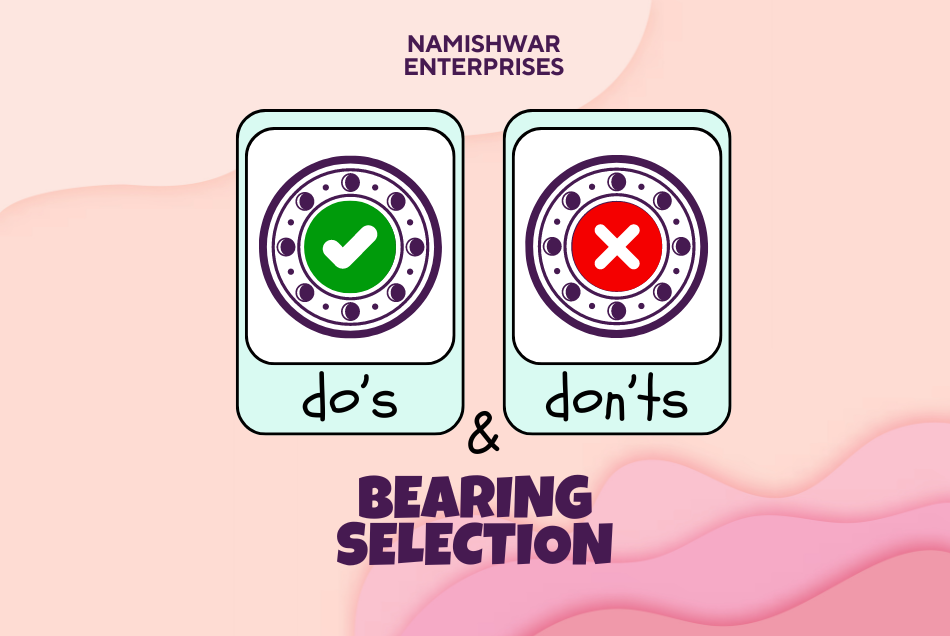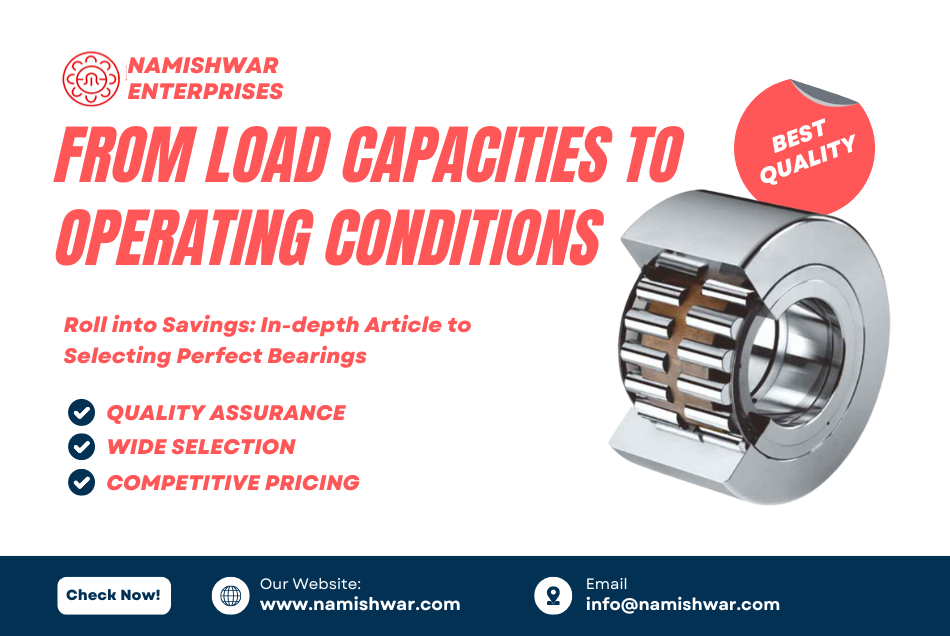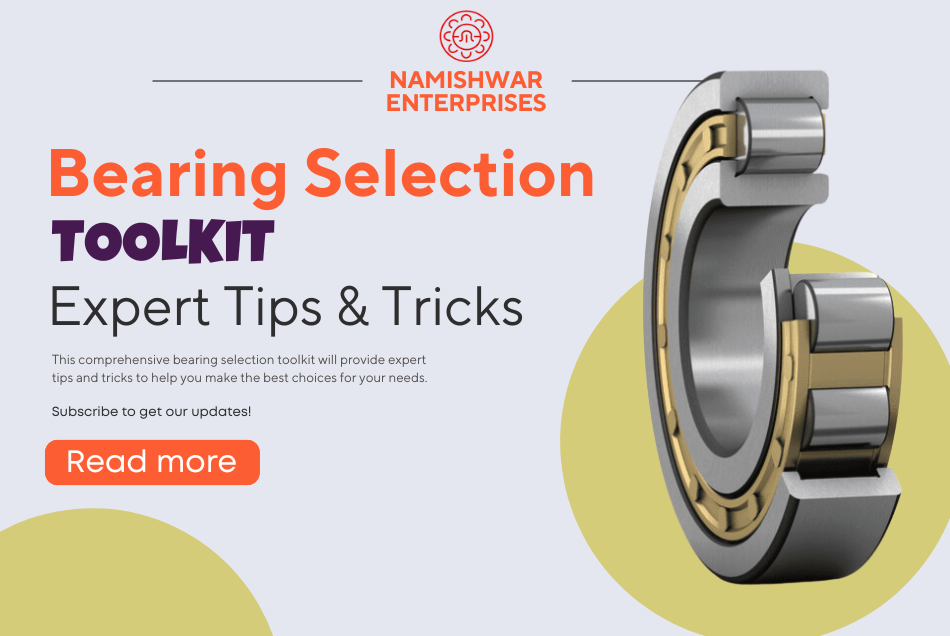Introduction to Bearings
Bearings are crucial components in machinery, facilitating smooth and efficient motion by reducing friction between moving parts. Two of the most common types of bearings are ball bearings and roller bearings. While they serve similar purposes, their designs and applications vary significantly. This article will delve into the differences between ball bearings and roller bearings, exploring their advantages, disadvantages, and specific uses.
What Are Ball Bearings?
Design and Structure
Ball bearings consist of spherical rolling elements placed between two rings, known as races. These balls roll smoothly within the races, minimizing friction and allowing for the efficient transfer of loads. The primary components of ball bearings include:
- Inner and Outer Races: These rings contain the rolling balls and provide a pathway for smooth movement.
- Balls: The spherical elements that roll within the races.
- Cage: A separator that maintains equal spacing between the balls, ensuring even load distribution.
Advantages of Ball Bearings
- Low Friction: The spherical shape of the balls allows for minimal contact area with the races, reducing friction.
- High-Speed Performance: Ball bearings are capable of operating at high speeds due to their low friction.
- Versatility: Suitable for both radial and axial loads, making them versatile for various applications.
Disadvantages of Ball Bearings
- Limited Load Capacity: While ball bearings handle radial and axial loads, they may not support very heavy loads compared to roller bearings.
- Wear and Tear: The small contact area can lead to faster wear under heavy loads or misalignment conditions.
Applications of Ball Bearings
Ball bearings are commonly used in applications where high-speed performance and low friction are crucial. Some typical applications include:
- Electric Motors: For smooth and efficient operation at high speeds.
- Automotive Wheels: To reduce friction and wear in wheel hubs.
- Aerospace: In various aircraft components for reliable performance under different loads.
What Are Roller Bearings?
Design and Structure
Roller bearings use cylindrical, tapered, or spherical rolling elements instead of balls. These rollers distribute the load over a larger contact area, making them suitable for heavier loads. The main components of roller bearings include:
- Inner and Outer Races: These rings house the rollers and provide a path for their movement.
- Rollers: Cylindrical or tapered elements that roll within the races.
- Cage: A separator that keeps the rollers evenly spaced.
Types of Roller Bearings
- Cylindrical Roller Bearings: These have rollers that are cylindrical in shape, providing high radial load capacity.
- Tapered Roller Bearings: These feature conical rollers that can support both radial and axial loads.
- Spherical Roller Bearings: These have barrel-shaped rollers, allowing for misalignment and supporting heavy loads.
Advantages of Roller Bearings
- High Load Capacity: The larger contact area allows roller bearings to support heavier loads.
- Durability: Suitable for applications with high impact and shock loads.
- Misalignment Tolerance: Some roller bearings, like spherical roller bearings, can accommodate misalignment between the shaft and the housing.
Disadvantages of Roller Bearings
- Higher Friction: Due to the larger contact area, roller bearings can have higher friction compared to ball bearings.
- Complexity and Cost: Typically more complex in design and can be more expensive than ball bearings.
Applications of Roller Bearings
Roller bearings are used in applications requiring high load capacity and durability. Common uses include:
- Heavy Machinery: For supporting large radial and axial loads in industrial equipment.
- Conveyor Systems: In material handling systems to support heavy loads and impact.
- Automotive Transmissions: To handle the combined radial and axial loads in gearboxes.
Comparison of Ball Bearings and Roller Bearings
Load Capacity
Ball Bearings:
- Suitable for lighter loads.
- Capable of handling both radial and axial loads but with limitations on load capacity.
Roller Bearings:
- Designed for heavier loads.
- Can support high radial loads and, depending on the type, significant axial loads.
Speed and Friction
Ball Bearings:
- Lower friction, making them ideal for high-speed applications.
- Less suitable for very heavy loads due to smaller contact areas.
Roller Bearings:
- Higher friction due to larger contact areas.
- Better for applications with lower speeds and higher loads.
Durability and Maintenance
Ball Bearings:
- Require regular maintenance to ensure longevity, especially under high-speed conditions.
- May wear out faster under heavy load conditions.
Roller Bearings:
- More durable under heavy loads and impact.
- Require careful alignment and maintenance but generally have a longer lifespan in heavy-duty applications.
Choosing the Right Bearing
When selecting between ball bearings and roller bearings, consider the following factors:
- Load Requirements: For lighter loads and high-speed applications, ball bearings are preferable. For heavy loads and lower speeds, roller bearings are ideal.
- Speed: Ball bearings are better for high-speed applications due to lower friction.
- Durability: For applications involving high impact and heavy loads, roller bearings offer better durability.
- Misalignment: If misalignment is a concern, spherical roller bearings provide the best solution.
Conclusion
Both ball bearings and roller bearings play vital roles in various mechanical systems. Understanding their differences in design, load capacity, speed capability, and durability is crucial for selecting the right bearing for your application. Whether you need the high-speed efficiency of ball bearings or the heavy load capacity of roller bearings, choosing the appropriate type ensures optimal performance and longevity of your machinery.

